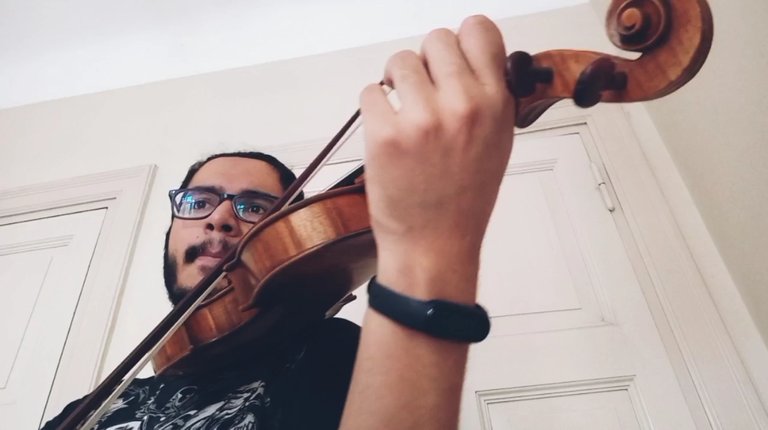
Hola queridos y apreciados amigos, espero cómo siempre estén de lo mejor el día de hoy
En los post les he venido trayendo dos obras importantes, una de Beethoven y otra de Mendelssohn, las cuáles cómo ya les comenté son muy importantes en el repertorio de violín, específicamente de exámenes y audiciones,
Pero, hay algo de lo cuál no he hablado antes y que realmente engloba a muchas de las obras existentes, tal cuál cómo pasa con la obra que escuchamos ayer de "Sueño de una noche de verano",
La característica que les quiero comentar es la cifra indicadora ternaria, es decir, a tres tiempos...
Sé que es medio confuso, pero imaginen un vals...
1... 2... 3..., 1... 2... 3..., 1... 2...3,
Es ésta secuencia la que muchas de las obras están escritas, pero no necesariamente pueden ser un vals, sólo que un ejemplo famoso de una obra a tres son justamente los valses, cómo por ejemplo los de Strauss,
Algo particular que puede haber muy seguido es que pareciera que éste tipo de música fuese más bailable de lo normal, es justamente por su "swing",
La obra de hoy posee un poco de ese swing pero además demuestra algo de lo que era la "clase" en aquel entonces (clasicismo)
Casi en automático podemos imaginar a un grupo de personas, con vestidos largos, sombreros y pelucas, bailando con mucha clase en esa época antigua,
Y es que cómo dato curioso, todos los movimientos o la mayoría que eran a un tiempo de tres, eran hechos para bailar,
Hoy no daré el nombre de la pieza ni mucho menos su compositor... Sólo diré que es parte del clasicismo. ¿Que pieza es y que compositor fué el autor?🤔
Así que sin más nada que agregar, espero les guste, ¡Abrazos!
/

Hello dear and appreciated friends, I hope how you always have the best today
In the posts I have been bringing you two important works, one by Beethoven and the other by Mendelssohn, which, as I already mentioned, are very important in the violin repertoire, specifically for exams and auditions,
But, there is something that I have not talked about before and that really encompasses many of the existing works, such as how it happens with the work that we heard yesterday of "A Midsummer Night's Dream",
The characteristic that I want to comment on is the ternary indicator figure, that is, three times...
I know it's kind of confusing, but imagine a waltz...
1... 2... 3..., 1... 2... 3..., 1... 2...3,
It is this sequence that many of the works are written, but they may not necessarily be a waltz, only a famous example of a work for three is precisely the waltzes, such as those of Strauss,
Something particular that may be very often is that it seems that this type of music is more danceable than normal, it is precisely because of its "swing",
Today's work has a bit of that swing but also shows something of what the "class" was back then (classicism)
Almost automatically we can imagine a group of people, with long dresses, hats and wigs, dancing with great class in that ancient time,
And it is that as a curious fact, all the movements or the majority that were at a time of three, were made to dance,
Today I will not give the name of the piece, much less its composer... I will only say that it is part of classicism. What piece is it and what composer was the author?🤔
So without further ado, I hope you like it, Hugs!